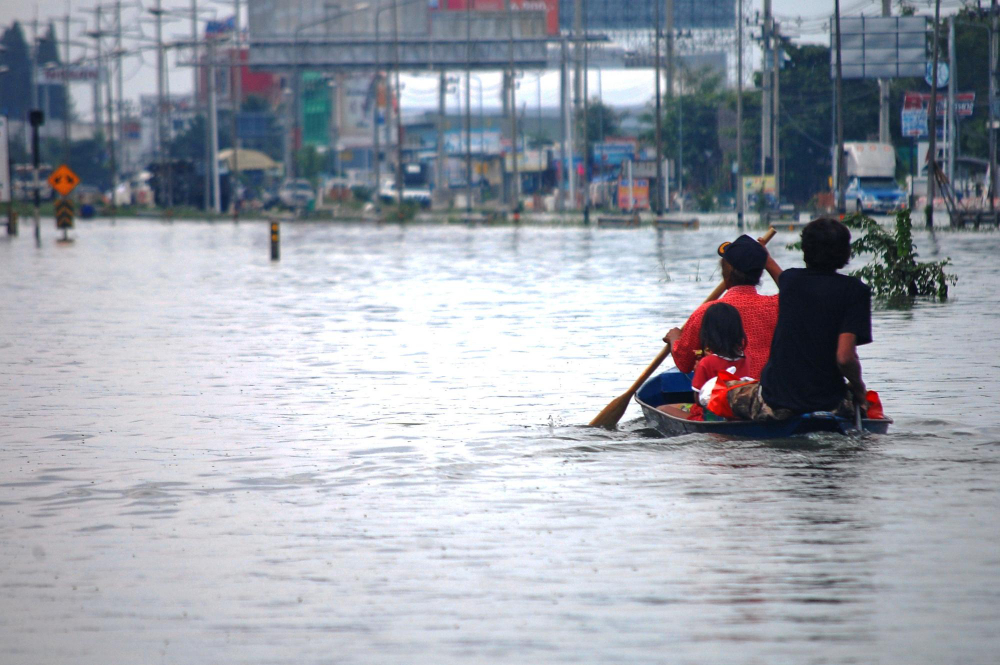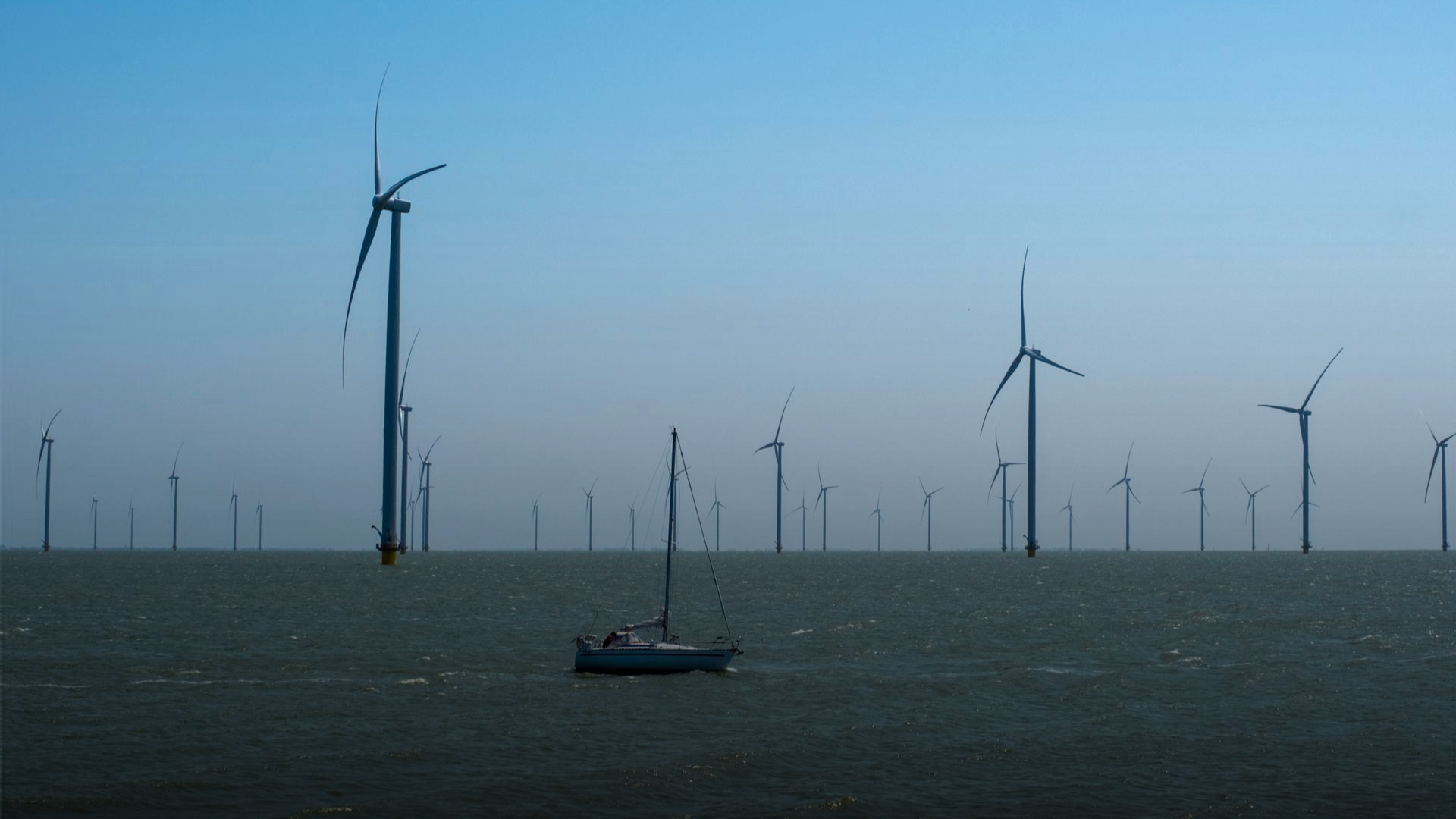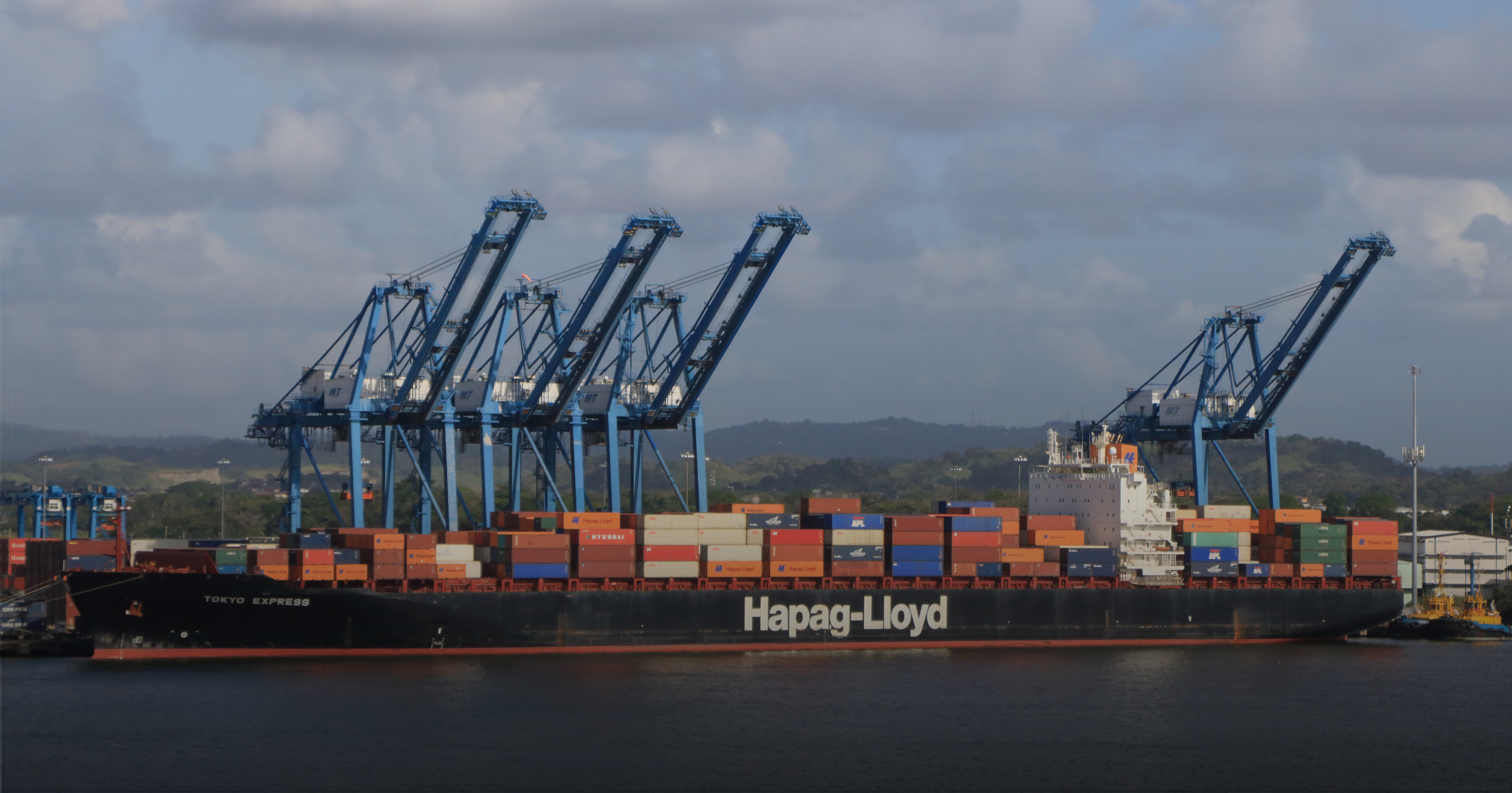A study utilizing nationwide satellite data, published in the journal Science, indicates that nearly half of China’s major cities are experiencing “moderate to severe” levels of subsidence, with 45% of urban land sinking faster than 3 millimeters per year, and 16% sinking at rates exceeding 10 mm per year.
Led by researchers from South China Normal University, the study highlights that subsidence, driven by declining water tables and the weight of urban infrastructure, poses significant risks to millions of people, particularly in light of rising sea levels.
With China’s urban population surpassing 900 million, even minor land subsidence could have substantial implications for urban life. Currently, subsidence costs China over 7.5 billion yuan annually, and projections suggest that within the next century, nearly a quarter of coastal land could be lower than sea levels, placing hundreds of millions at heightened risk of flooding.
Tianjin, a northern city with over 15 million residents, is among the worst-hit areas, with recent evacuations attributed to water depletion and construction activities. The issue extends beyond China, with global subsidence affecting approximately 6.3 million square kilometers of land, with Indonesia and its capital Jakarta particularly vulnerable.
Experts emphasize the need for subsidence mitigation measures and adaptation strategies, citing Tokyo’s success in curbing subsidence by banning groundwater extraction in the 1970s. However, they caution that while mitigation efforts are crucial, adaptation strategies such as building dykes also play a vital role in addressing this widespread challenge of urbanization and population growth.




